Hey there, website owners! If you’re using Google Search Console (GSC), you already know it’s an essential tool for monitoring your site’s performance. But did you know there are some hidden features that can make your SEO efforts even more effective? Let’s explore these cool tricks together!
1. Find Keywords with Regex
Regular expressions, or regex, might sound a bit technical, but they’re super useful for filtering keywords in GSC. This helps you find specific types of keywords that can drive traffic to your site.
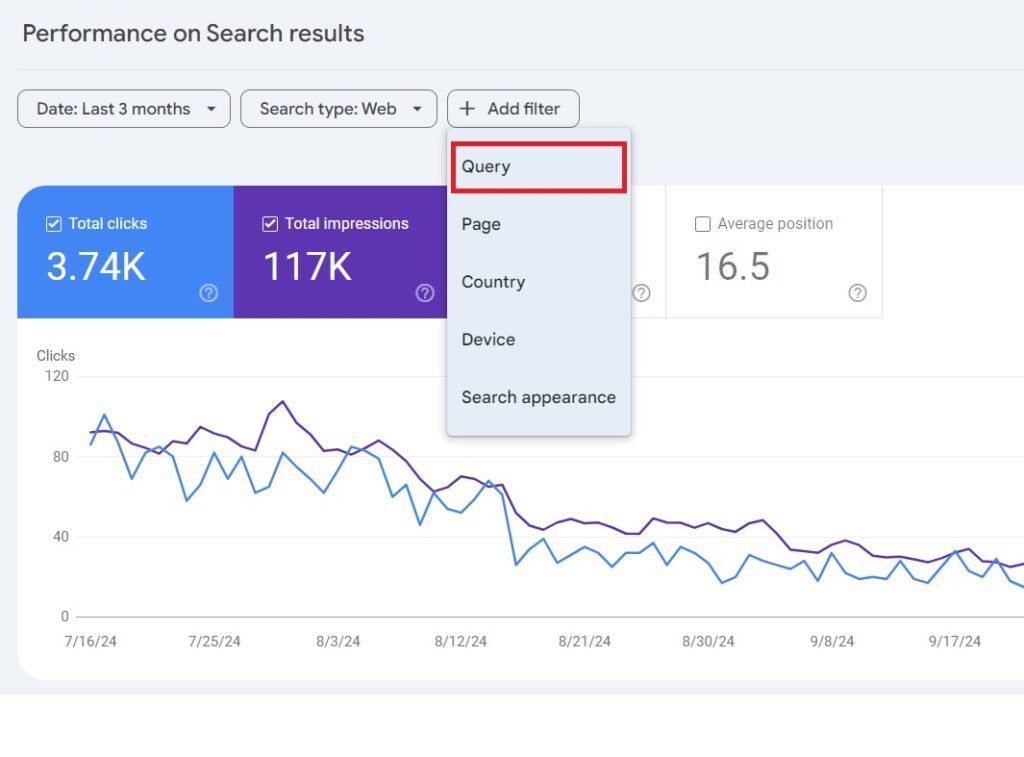
How to Use Regex in GSC
Search for Question Words: Want to know what people are asking online? You can easily find keywords that start with “who,” “what,” “where,” “when,” “why,” or “how.” Here’s how:
- Go to the Performance tab in GSC.
- Click on Queries, then hit New.
- Choose Query and enter this pattern:
(?i)^(who|what|where|when|why|how).
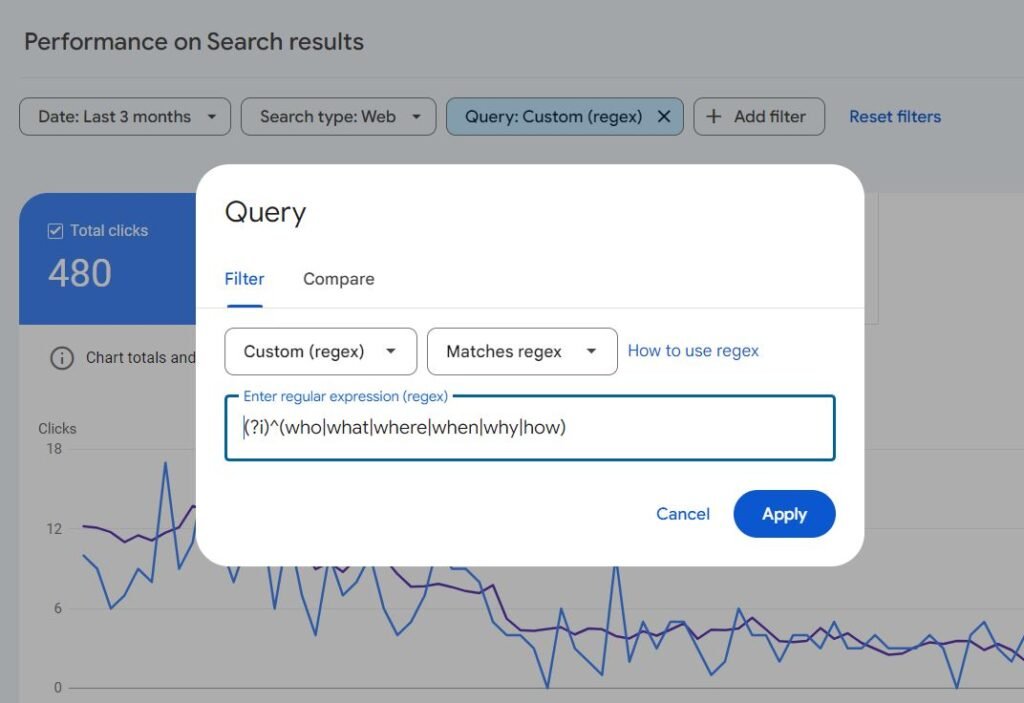
This helps you understand what questions your audience is asking, so you can create content that answers those questions!
Filter by Character Count: You can also filter keywords based on their length.For example, if you want to find shorter keywords (like “dog” or “SEO”), this is a great way to do it.
- Short-tail Queries:
^(?i)[\w\W\s\S]{1,10}$(less than 10 characters) - Medium-tail Queries:
^(?i)[\w\W\s\S]{10,30}$(less than 10-30 characters) - Long-tail Queries:
^(?i)[\w\W\s\S]{30,}$(more than 30 characters)
Filter by Word Count: If you’re looking for keywords with a certain number of words, you can set that up too! This allows you to target both short and long-tail keywords effectively.
- Short-tail Queries:
^\b\w+\b$Find queries with only one word. - Medium-tail Queries:
^\b\w+(?:\s+\w+){1,2}\b$Find queries with 2-3 words. - Long-tail Queries:
^\b\w+(?:\s+\w+){3,}\b$Find queries more than 3 words.
2. Identify Non-Crawled Pages
Sometimes Google doesn’t crawl your updated pages right away. This means new content or changes might not be reflected in search results, which can hurt your traffic.
How to Check Non-Crawled Pages
- Go to the Indexing section and click on Pages.
- Sort by the Last Crawled column to see which pages need attention.
- If you notice a page that hasn’t been crawled in a while, use the URL Inspection Tool to request a crawl.

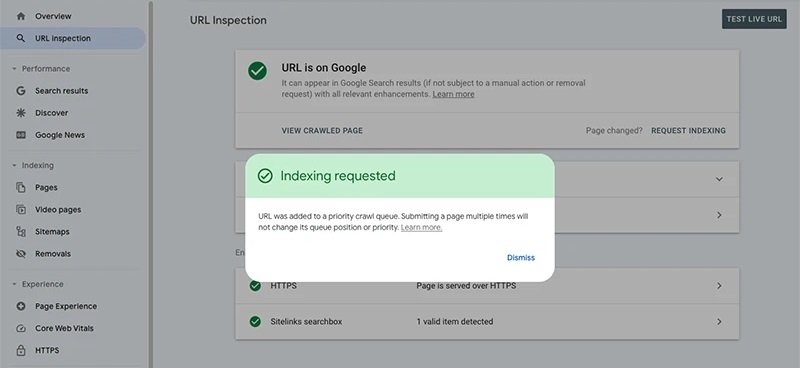
This helps ensure Google sees your updates quickly!
3. Keep an Eye on Structured Data
Structured data helps search engines understand your content better and can improve how your site appears in search results (like featuring rich snippets).
How to Monitor Structured Data
- Check the Enhancements section in GSC.
- Look for yellow markers indicating potential improvements.
Regularly reviewing these suggestions helps Google understand your content better, which can lead to better rankings!
4. Use the Removals Tool Wisely
If there are pages on your site that you don’t want showing up in search results anymore, the Removals Tool is perfect for this.
How to Use the Removals Tool
- Go to the Indexing section and find the Removals Tool.
- For permanent removal, make sure to add a noindex tag to those pages so they won’t appear in search results at all.
Using this tool helps keep your site clean and ensures that only relevant content shows up in search results.
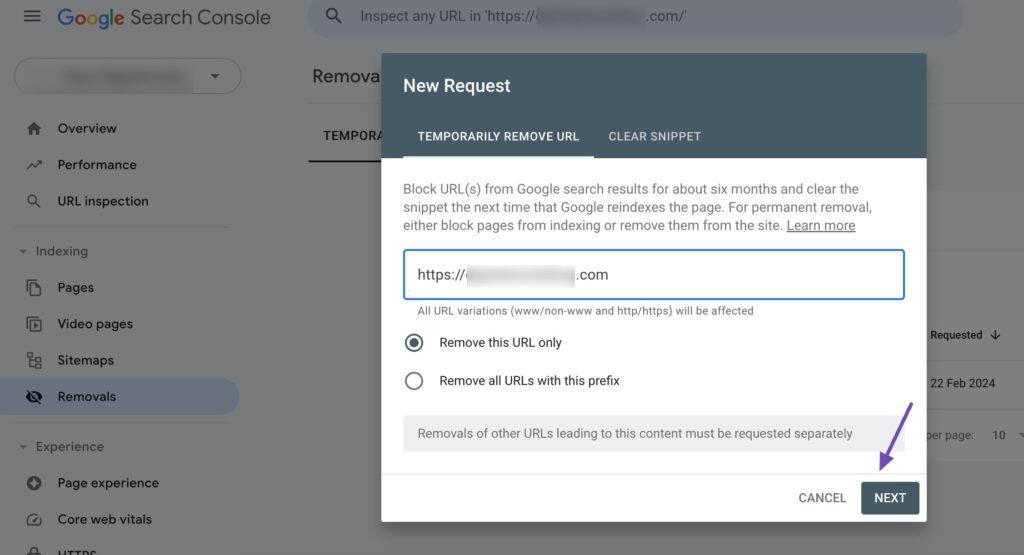
5. Spot Underperforming Pages
Knowing how your pages are performing is key to improving your SEO strategy.
How to Identify Underperforming Pages
- Set a date filter and select Compare.
- Look for pages with negative differences in impressions—these are the ones that may need some extra attention!

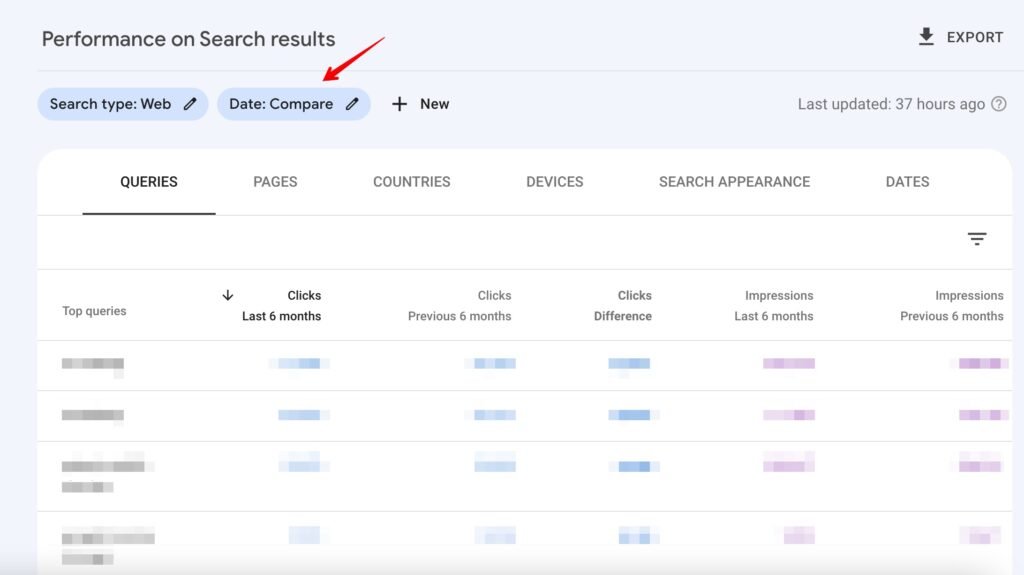
Identifying underperforming pages allows you to optimize them effectively.
6. Maximize Link Juice
Link juice refers to the value passed from one page to another through links. It’s important for SEO because it helps improve rankings.
How to Boost Link Juice
- The Links tab shows which pages have the most external and internal links.
- Consider linking high-authority pages (those with many backlinks) to other pages that need more internal links. Just make sure these links are relevant!
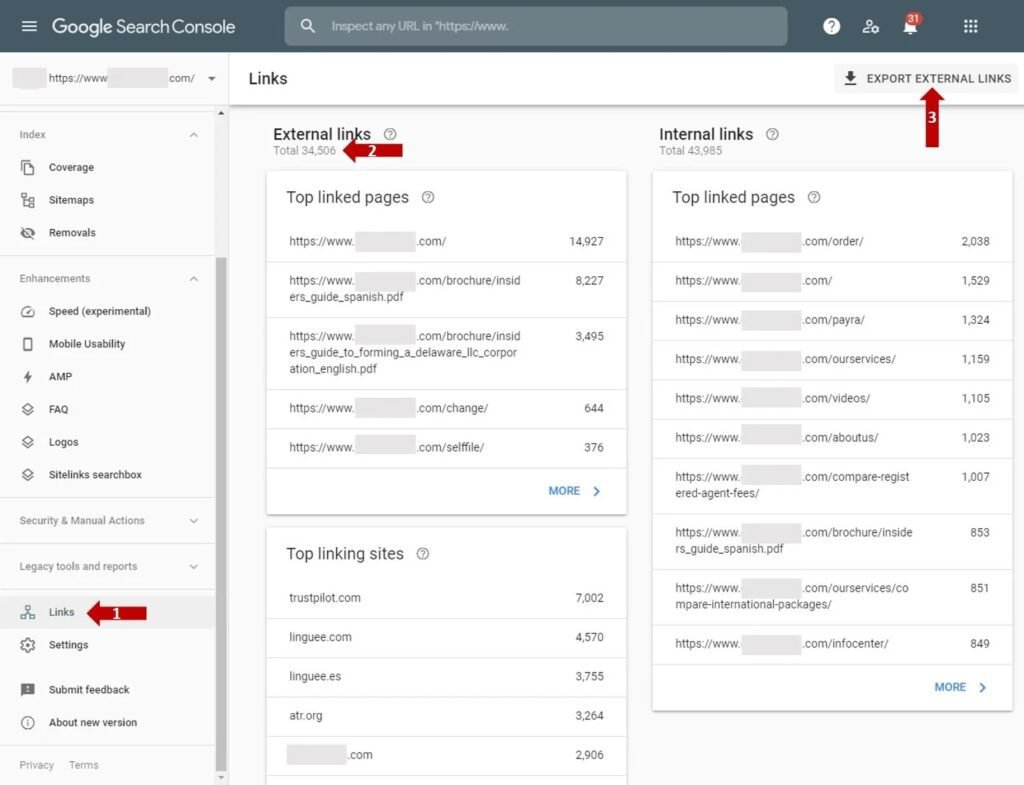
Boosting link juice helps improve the overall authority of your site.
7. Discover Keyword Opportunities
GSC is a goldmine for uncovering new keyword opportunities!
Steps to Discover New Keywords
- Analyze click-through rates (CTR).
- Focus on queries with low CTRs or those ranking between positions 7 and 15—optimizing content around these keywords can lead to more traffic.
Finding new keyword opportunities allows you to create targeted content that meets user needs.
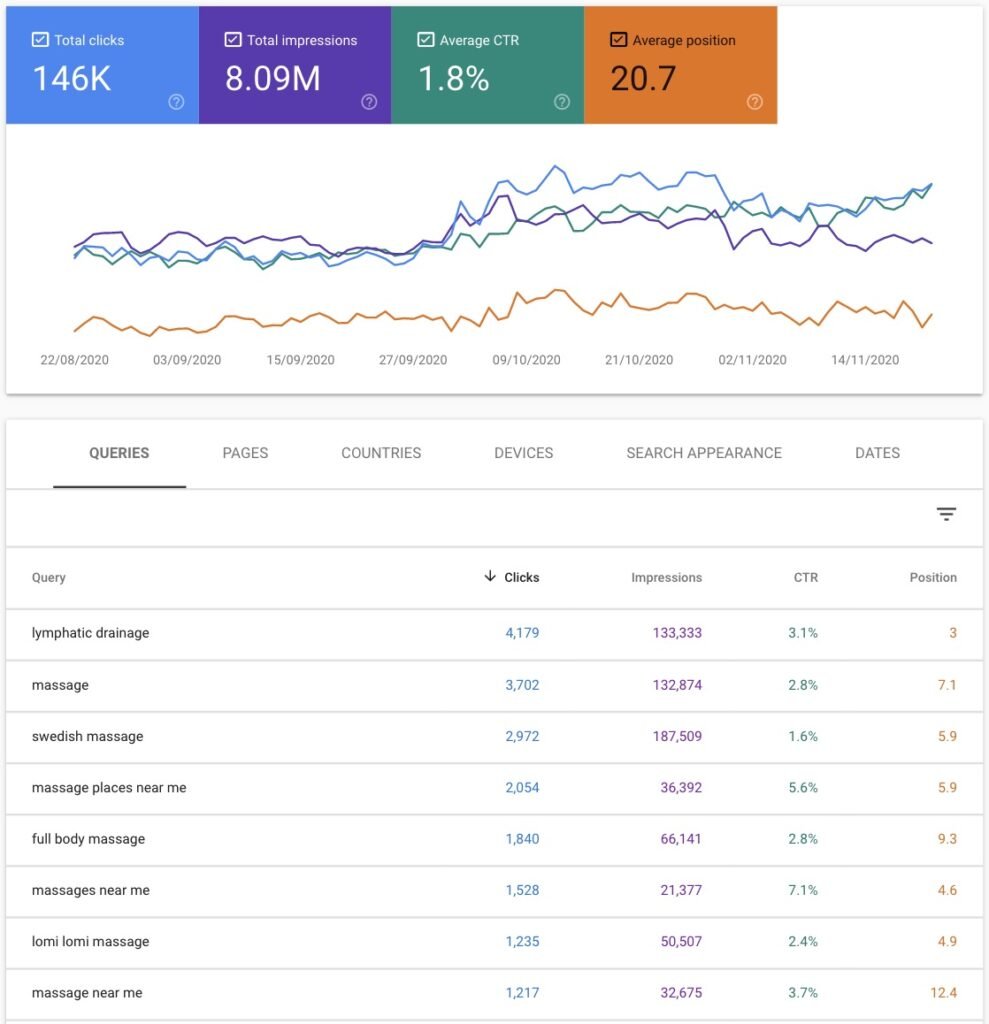
Conclusion
Google Search Console is an awesome tool for anyone looking to improve their website’s performance. By using these hidden features, you can enhance your SEO and discover new opportunities along the way. Have you tried any of these tips? We’d love to hear about your experiences in the comments!

